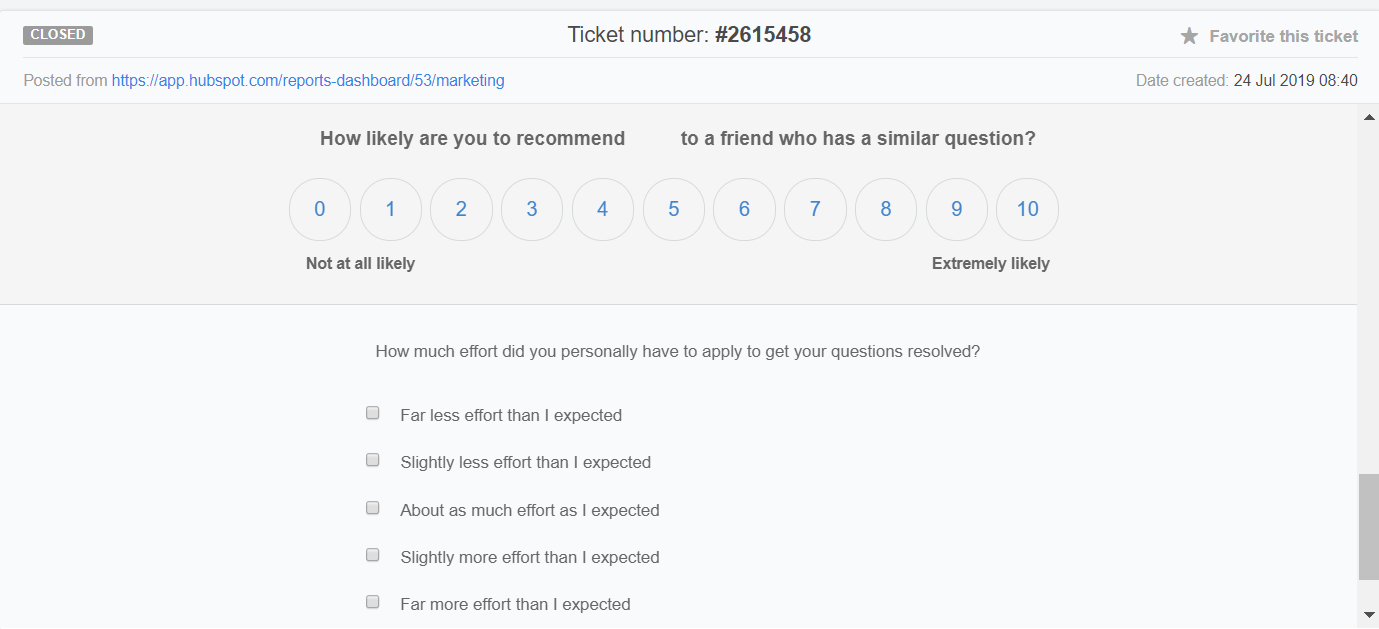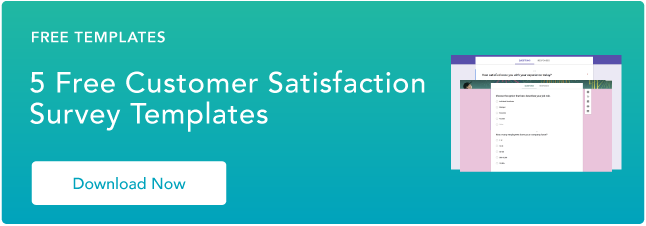How To Create A Survey Questionnaire In Word
Richard Dawson, John O'Hurley, and Steve Harvey were the first people to teach me about surveys. If those names don't ring a bell, then maybe the picture below does. Source: Akron If you're unfamiliar with Family Feud, it's a game show where two teams try to guess the top responses to survey questions. It would randomly survey 100 people, then hide the most common answers on the board like in the image above. Each team was given three strikes before the other had a turn to "steal the points." This show was my first introduction to surveys and taught me how they can be effective in obtaining information quickly. Family Feud airs daily, so they send out multiple surveys a day and process responses at the same rate. Even though the payoff is usually laughter, Family Feud demonstrates how valuable surveys are. If you're not quite sure what a survey is or how it works, then I would recommend watching Family Feud. However, if you're in a hurry or if you don't want to sit through the commercials, you can read on for our definition of a survey and the best practices you should adhere to when using one with your business. A survey is a customer service tool used to collect customer feedback on products, services, and other business-related topics. It asks participants how they feel about a subject, then records their response for later use. Organizations analyze this information for different customer behaviors and look for opportunities to improve the customer experience. Typically, surveys are a series of questions that are listed together in a form. Each question serves a unique purpose and aims to derive specific information. Using the right combination of questions and length, surveys are an efficient way of quickly obtaining customer feedback. Most surveys are written or online forms, but they can also be in-person interviews or experiments. Here's an example of an NPS® survey that HubSpot displays after a support interaction. As we mentioned above, this isn't the only way a survey can be formatted. Customer reviews, user testing, and focus groups are all types of surveys. As long as the process collects customer feedback from an unbiased standpoint, it can be considered a survey. The other fundamental component of a survey is the participants. Survey organizers select participants that reflect the needs, goals, and characteristics of their target audience. That way, their findings will apply to the rest of the company's customer base. Now we've defined what a survey is, let's dive into the purpose behind gathering this information. The purpose of a survey is to collect customer feedback. Businesses then use this data to tweak products and services and improve customer experience. Depending on the information you're looking to obtain, surveys are an excellent medium for gathering quick feedback on a specific topic. For example, let's say you're developing a new product but you're not sure how to design the interface. You know there are parts of your last product that customers loved and you don't want to remove those features in this next update. So, you can create a brief survey that asks customers to evaluate different features on your original product. By using a survey, you can have questions target specific topics and find the exact information you're looking for. Additionally, surveys are a great way to reduce customer churn. Not only can you find out why customers are unhappy, but you're also creating an open feedback loop with them. Customers will appreciate your interest in their opinion and will be more likely to provide you with the benefit of the doubt when you make mistakes. And, even if they do end up leaving, at least you'll receive feedback as to why they've switched to a competitor. If this explanation has inspired you to collect customer feedback, read on for some fundamentals to keep in mind when creating and distributing a survey. Before you send out your survey, there are some basic guidelines you should adhere to. Let's break down a few of them below. It'll be difficult to create an effective survey if you don't have a goal in mind. Goals narrow your focus and make it easier for you to decide on questions. You can make sure each question is related to your goal and will provide you with useful information. By developing your survey around one specific purpose, you'll make your customers' feedback more valuable to your business. No matter which goal you settle on, your survey questions should be organized logically. Demographic survey questions should be placed at the beginning. Core questions should be rooted in the middle. And, finally, open-ended questions should be reserved for the end of the form. This structure will ensure a smooth workflow for participants and increase completion rates. Remember that your survey is voluntary. Customers can stop participating whenever they want to. So, while you may be interested in each question you include, you need to make sure they're relevant to the customer. Only use questions that are related to your goals as this will keep participants engaged throughout your survey. A common mistake that some companies make is offering their survey to anyone willing to take it. The problem with this approach is that the results aren't reflective of the customers you're trying to attract. While it's great that you're including a variety of perspectives, the opinions that matter the most are your customers'. This is where demographic questions can filter responses and ensure you're analyzing feedback from actual customers. A survey's length can often be a deterrent for interested participants. Customers value their time and can't afford to spend their day filling out a 100-question form. When you're constructing your survey, remember that it takes about five minutes to complete 10 questions. The more questions you add, the longer it will take to complete as participants will experience survey fatigue. Even if your survey is fantastic, has thought-provoking questions, and targets the right candidates, it'll be useless if it never reaches your customers. You need an effective trigger and delivery method that puts the survey in front of the participant at the right time and place. You don't want your survey to distract the customer from a purchase, nor do you want it to be difficult to find. Rather, your survey should be presented at an optimal moment in the customer's journey using a delivery method that's ideal for the participant. When analyzing survey results, benchmarks can help you determine if you've achieved your original goal. For example, if you want to create a more user-friendly product, you can set a benchmark for usability. Then, ask participants to rate how easy it is to use your new product on a scale of one to 10. The survey's goal is met if a certain percentage of customers give your product a score of seven or more. Once you're finished analyzing survey results, the final step is to share this information with the rest of your organization. Create a system where customer feedback is organized and distributed to teams who would benefit from it the most. Whether its marketing, sales, or customer service, every department at your business can profit from reviewing feedback. This is where customer feedback tools can manage internal data and distribute it to the appropriate location. If you're looking to build a perfect survey, read about creating effective survey questions. 
![→ Free Download: 5 Customer Survey Templates [Access Now]](https://no-cache.hubspot.com/cta/default/53/9d36416b-3b0d-470c-a707-269296bb8683.png)
What Is a Survey?

What's the Purpose of a Survey?
Survey Basics
Identify a goal for your survey.
Organize your survey logically.
Include relevant questions.
Survey your target audience.
Determine the right survey length.
Choose an effective trigger and delivery method.
Create benchmarks based on your goals.
Share your findings with your organization.


Originally published Aug 22, 2019 8:00:00 AM, updated June 15 2021
How To Create A Survey Questionnaire In Word
Source: https://blog.hubspot.com/service/what-is-a-survey
Posted by: williamsindesur71.blogspot.com

0 Response to "How To Create A Survey Questionnaire In Word"
Post a Comment